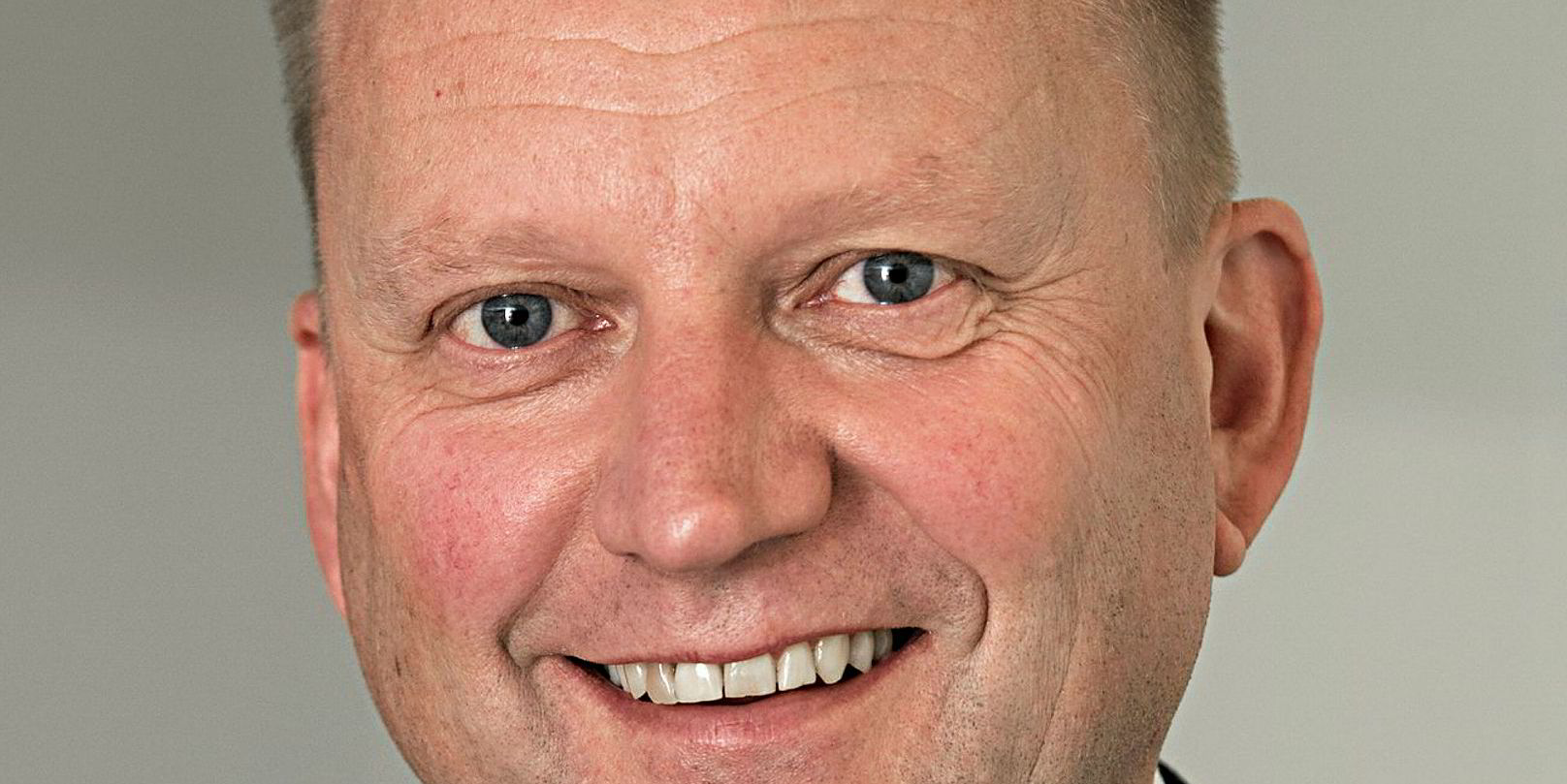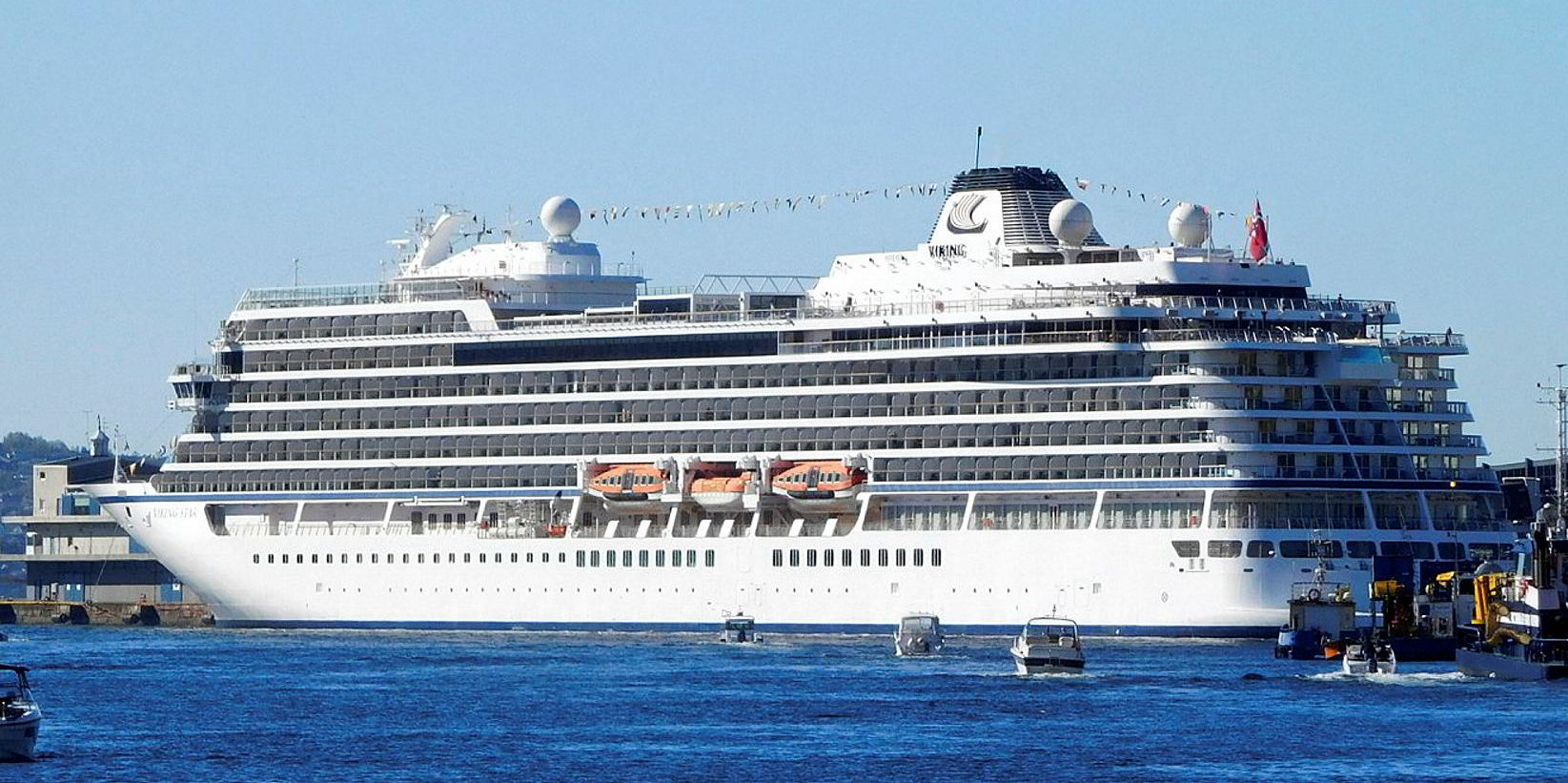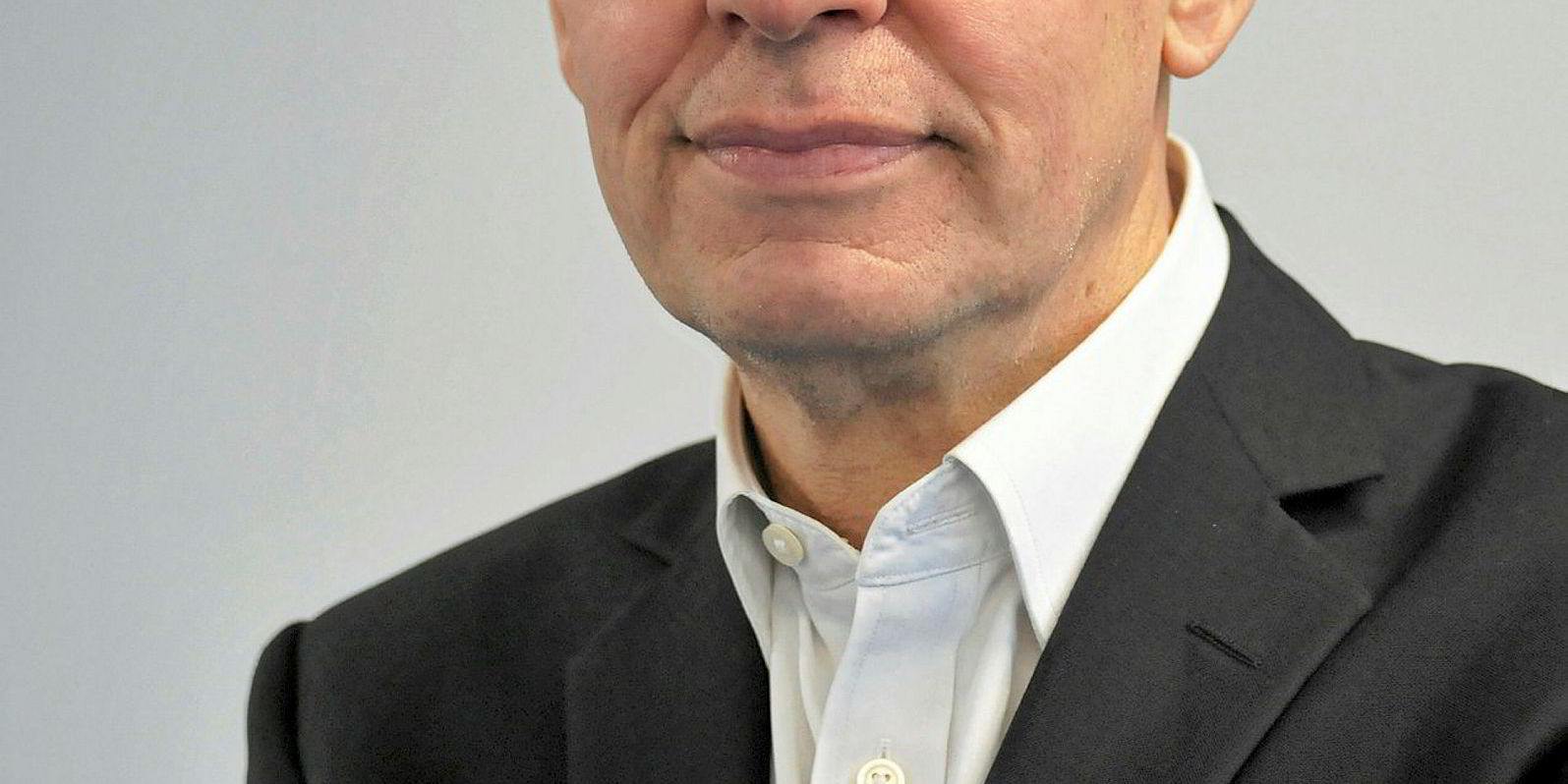Bergen is Norway’s second-largest city, inhabited by about 280,000 people, and its population has been growing quickly over the past decade — but not as rapidly as when the cruiseships arrive.
In 2018, these floating hotels brought nearly 600,000 passengers to the west coast city, with ship visits rising to about 340.
“The number of ships and passengers has increased every year,” Johnny Breivik, Bergen’s port director told TradeWinds.
Visible pollution
This is great for the shops and taxi drivers, but less appealing for the residents who, along with politicians and the media, have been complaining, not least about visible pollution from the vessels.
It is a problem peculiar not only to picturesque and cultural Bergen, but to the country’s Unesco World Heritage fjords such as Geirangerfjord and other global cruiseship destinations including Venice and Dubrovnik, as highlighted previously by TradeWinds.
But while many local authorities are just talking about how to minimise the impact of cruiseships, both Bergen and the Norwegian Maritime Authority (NMA) have pushed ahead with increasingly tough measures.
New legislation involving Norway’s world heritage fjords was intended to enter into force on 1 January 2019, but has been delayed to the end of February to comply with European Union time-limit requirements. When it happens, regulation of cruiseships will be much tighter.
It is proposed that fuel being used in these fjords should have a maximum sulphur content of 0.1% by weight.

Ban on scrubbers
Also, it is planned to ban cruiseships using exhaust-gas cleaning systems — open, closed and hybrid. The vessels will also be prevented from incinerating waste onboard during fjord visits.
To meet the sulphur limit,the use of heavy fuel will be prohibited and replaced by marine diesel.
Bjorn Pedersen, head of legislation and internal relations at the NMA, earlier expressed concern at how cleaning systems still emit smoke. And, depending on the system, he is also worried about discharges into the sea.
Even if the visible smoke is partly water vapour, it has a negative impact on people’s experience of our world heritage fjord
Bjorn Pedersen
“Even if the visible smoke is partly water vapour, it has a negative impact on people’s experience of our world heritage fjords,” he said.
The cruiseship restrictions have been circulated publicly for review.
Bergen City Council has already responded to criticism of the cruiseships by preparing legislation to restrict the maximum number at the port each day to three, and cruise passengers to 8,000.
Breivik told TradeWinds that the Port of Bergen, which is owned by the municipality of Bergen and others in the surrounding area, is now working on several measures to achieve this.
But he said the port aims to work with the city council and the cruise lines to ensure that, despite the proposals, the cruise industry remains a feature of Bergen life.
Focus on sustainability
To achieve this, however, the “main focus has to be sustainability”.
“This means respecting the city and its inhabitants and offering cruise tourists a product and experience based on quality,” Breivik said.
If cruise passengers are left with the impression of overcrowding, long queues and considerable emissions from ships, then we have failed
Johnny Breivik
“If cruise passengers are left with the impression of overcrowding, long queues and considerable emissions from ships, then we have failed.”
The people of Bergen must also have a “positive experience of cruise tourism”.
Breivik said that the municipality has set the ambitious target of becoming "fossil free" by 2030.
All vessels will be offered shore power by 2020 as part of its environment strategy and it is building Europe’s largest onshore supply. Last month, it was announced that Enova, the state fund promoting new energy and climate technologies, had granted NOK 50m ($5.86m) to the project.
Cruise Europe, a network of cruise ports and destinations, said that the NOK 120m facility will be able to supply three vessels simultaneously.
Environmental Port Index
Also, in partnership with 11 other Norwegian cruise ports and classification society DNV GL, the Port of Bergen has developed a so-called Environmental Port Index (EPI), which includes monitoring how a ship performs while in port.
From 1 May 2019, the EPI score of a vessel will determine quay dues, passenger fees, international ship and port security fees and fairway dues.

Breivik says an initial test of the system provided an average estimated EPI score of 30, which will be used as a reference point. Fees will rise for scores below 30, with a score of zero triggering the maximum penalty of a 150% increase in port fees. A score of 100 means a 17.5% discount, encouraging ships to improve their environmental footprint.
The port is also carrying out an LNG risk assessment for a best-practices guide to LNG bunkering.
Driving the initiative is the need to deliver LNG to AIDA Cruises vessels this year as well as bunkering of Hurtigruten and Havila coastal passengerships in 2021.
AIDA recently took delivery of the world’s first LNG-powered cruiseship, the 6,600-passenger AIDAnova (built 2018), and will receive more LNG-fuelled vessels in 2021 and 2023.





